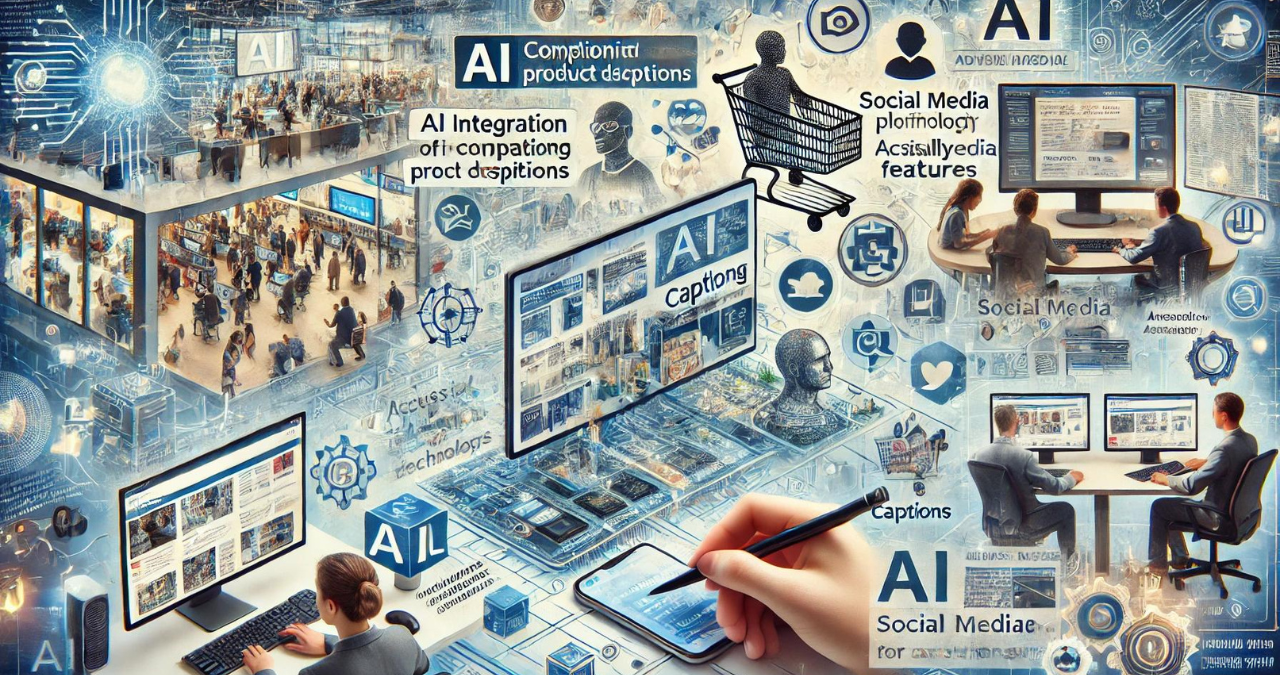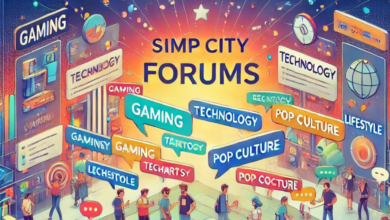In the rapidly evolving field of artificial intelligence, caption-generation models like OfAModelForCaption have become essential tools. These AI models are designed to automatically generate textual descriptions for images, a capability that has significant implications for accessibility, SEO, content creation, and user engagement. This article explores the practical applications of OfAModelForCaption through various case studies, focusing on its accuracy and efficiency in generating captions.
Understanding OfAModelForCaption
OfAModelForCaption is an AI-powered tool that leverages deep learning algorithms to interpret and describe images. At its core, this technology uses a combination of convolutional neural networks (CNNs) and natural language processing (NLP) to understand the content of an image and articulate this understanding in human-like language.
The Significance of AI in Caption Generation
AI-driven caption generation helps bridge the gap between visual content and textual interpretation, making digital content more accessible to people with visual impairments. Additionally, these captions enhance website SEO by providing textual content that search engines can index, thereby improving the visibility of images in search results.
Case Study 1: E-Commerce Applications
In the e-commerce sector, OfAModelForCaption has automatically generated accurate and detailed descriptions of product images. This application speeds up the listing process and ensures consistency in product descriptions across the platform.
Results:
- Increased Conversion Rates: Using precise and descriptive captions led to a clearer understanding of the products and higher conversion rates.
- Enhanced User Experience: Customers reported higher satisfaction due to the informative and reliable product descriptions.
Case Study 2: Accessibility in Social Media
A central social media platform integrated OfAModelForCaption to automatically provide captions for user-uploaded images, thereby enhancing accessibility for users with visual impairments.
Results:
- Improved Accessibility: Users with visual impairments could engage more fully with content.
- Increased Content Reach: Automatically generated captions helped understand and share content, thus increasing its reach.
Case Study 3: News Agencies
For news agencies, timely and accurate captioning of images is crucial. OfAModelForCaption was deployed to generate instant captions for pictures in news articles, significantly speeding up the publishing process.
Results:
- Faster Publishing Time: The time from image acquisition to publication decreased substantially.
- Greater Accuracy in Descriptions: The AI model provided detailed and relevant descriptions, enhancing the informational value of the images.
Challenges and Solutions
Despite its benefits, OfAModelForCaption faces challenges such as handling ambiguous images or those with complex contexts. Continuous training with diverse datasets has improved the model’s accuracy and reduced biases.
The Future of AI Captioning
Looking forward, integrating more advanced NLP models and better training datasets will enhance the performance of AI captioning tools. The goal is to achieve even greater accuracy and context-awareness in captions, making them indistinguishable from those written by humans.
Conclusion
OfAModelForCaption represents a significant advancement in the use of AI for digital content management and accessibility. Through continuous improvements and applications across various sectors, it demonstrates the growing impact of AI in our daily digital interactions.
FAQs
1. What is OfAModelForCaption?
OfAModelForCaption is an AI tool that uses deep learning to generate image textual captions, enhancing accessibility and content SEO.
2. How does OfAModelForCaption improve e-commerce platforms?
It automates the generation of accurate and detailed product descriptions, speeding up the listing process and enhancing user engagement through better product understanding.
3. Can OfAModelForCaption help in making content more accessible?
Yes, providing automatic captions for images makes content more accessible to visually impaired users, facilitating a more inclusive digital environment.
4. What challenges does OfAModelForCaption face?
The model can need help with ambiguous images or those requiring contextual understanding beyond visual elements. Continuous training and dataset diversification are critical for addressing these challenges.
5. What is the future of AI-driven caption generation?
Future enhancements will focus on integrating more sophisticated NLP tools and comprehensive training materials to improve captions’ accuracy and contextual relevance, aiming to match human-level proficiency.
You May Also Read: https://trendbullion.com/aroma-m6170226/




